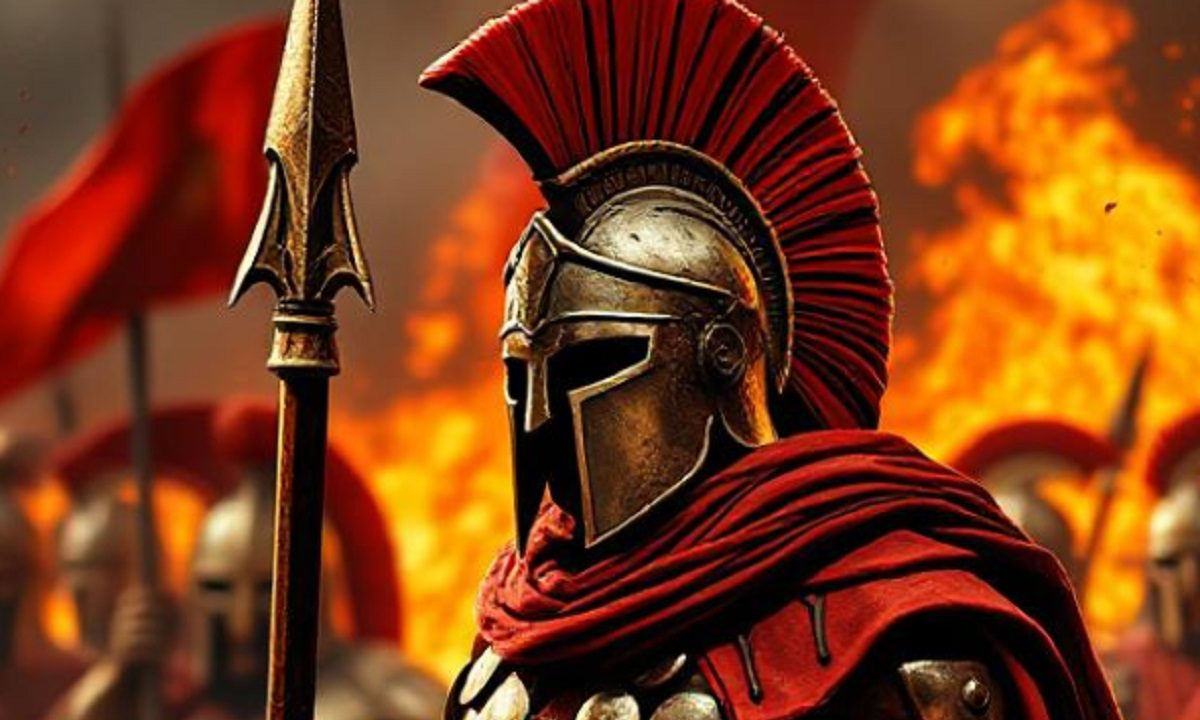From the dawn of their history, the Greeks faced formidable enemies they called “barbarians”—not merely as an insult, but to describe foreign peoples speaking unintelligible (bar-bar) languages and often threatening the survival of the Greek world. Among the most significant were the Persians, who launched massive campaigns under Darius and Xerxes aiming to conquer Greece. Their defeat at Marathon, Thermopylae, Salamis, and Plataea marked a turning point crucial to preserving Greek civilization.
In the 3rd century BCE, the Celts (or Gauls) invaded Greece, reaching as far as Delphi and spreading terror before being repelled. To the north and east, Greeks confronted fierce and unpredictable peoples such as the Scythians, Thracians, and Illyrians, who frequently threatened Greek colonies and borders. In later centuries, especially during the Roman and Byzantine periods, new threats emerged: the Goths (Visigoths and Ostrogoths) ravaged Greek cities and undermined Western power, while the Huns, led by Attila, challenged the East.
Later still, the Avars, Slavs, and Bulgarians launched repeated raids across the Balkans, even besieging Constantinople itself. The arrival of Islam brought further conflicts with the Arabs, who attempted twice to capture the imperial capital. Finally, the Turks—first Seljuks and later Ottomans—became the ultimate threat to Hellenism, culminating in the fall of Constantinople in 1453.
Every clash with these “barbarians” was not merely military but deeply cultural. The Greeks resisted, adapted, and survived, preserving their language, faith, and identity through centuries of turmoil. Their enemies were fierce—but Greek resilience was even greater.
For those who think the enemies of the Greeks were civilized, consider the Gauls’ invasion of Greece in 279 BCE. They terrified not only with their military might but also their barbarity. According to Pausanias and other sources, they decapitated enemies and kept their heads as trophies. Some even reportedly wore human skins or those of enemy warriors as symbols of victory or ritual.
The Thracians, despite contact with Greek culture, were seen as savage and bloodthirsty. Certain tribes were accused by Greek writers of participating in rituals involving the consumption of human blood or flesh. The Scythians, nomads of the steppe, are described by Herodotus as making drinking cups from enemy skulls and sometimes wearing the skins of fallen warriors as clothing or to adorn their horses.
Herodotus, Strabo, and other geographers spoke of tribes beyond the known world—in the far East or North—that practiced cannibalism, like the Androphagi (literally “man-eaters”). These peoples reportedly had no cities or laws, living in forests and hunting humans like animals.







